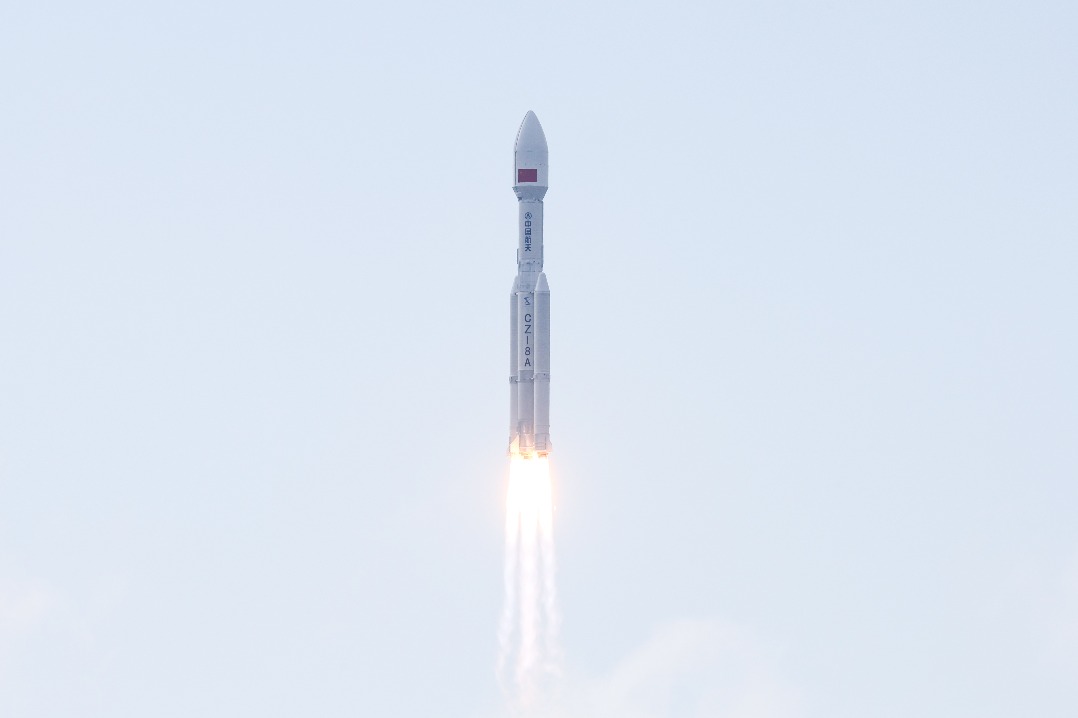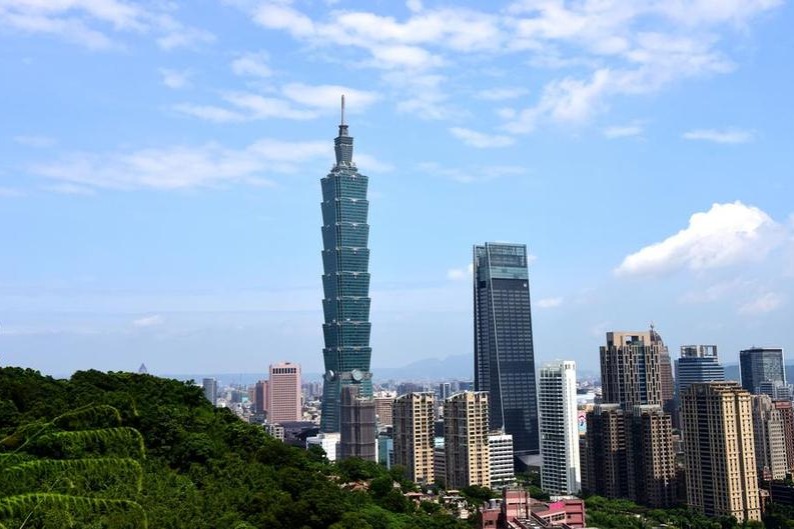Lawmaker urges government to treat sewage sludge as a resource

A national legislator has urged the government to explore more channels to use sludge from sewage disposal as a resource, because the output of such waste is increasing each year.
The daily sewage disposal capacity in China's urban areas has reached 220 million metric tons, with over 60 million tons of sludge with a moisture content of 80 percent generated during the disposal process each year, said Cheng Hanfei, a National People's Congress deputy from Anhui province who is also chief engineer of an environmental protection company affiliated with State-owned China Minmetals Corporation.
Considering that the proportion of waste water that is collected for disposal will continue to rise and because there is also a need to clear sludge from sewage pipe networks, Cheng said he expects China's annual sludge output will exceed 100 million tons by 2025.
Due to the limited capacity to dispose of such waste, a lot of the sludge is not handled in a timely manner, and the increasing amount is likely to exacerbate the problem, he said.
In 2020, a team with the high-profile central environmental inspection found that a sewage treatment plant in Beijing's Pinggu district had not disposed of sludge as required for an extended period of time. Some sludge from the plant was buried illegally, according to the Ministry of Ecology and Environment.
The ministry said the district's slow progress in building sludge treatment facilities was to blame for the violations.
A large amount of sludge is now sent to landfill sites across the country, while some is sent to cement plants or coal-fired power stations for incineration.
The sludge, especially that from toilet wastewater, is rich in nitrogen and phosphorus, which are primary nutrients in fertilizers. They can not only be used for composting, but also have potential in the restoration of mine areas and urban landscaping, Cheng said.
"In some developed countries, sludge is defined as a resource rather than waste," he said.
"With efforts in technology development and encouraging policy support, they have strengthened the utilization of sludge as a resource."
Cheng said, however, that some factors are hindering similar utilization of sludge in China.
Compared with developed nations, sludge in China contains more sand, he said, while some urban sewage treatment plants designed for domestic sewage also have to accept industrial wastewater, which results in sludge with higher levels of heavy metals.
While the Ministry of Ecology and Environment encourages the use of sludge as a resource, the Ministry of Agriculture and Rural Affairs has safety concerns, Cheng said.
The construction and operation of sewage treatment plants falls under the jurisdiction of another government body, the Ministry of Housing and Urban-Rural Development.
Cheng called for concerted efforts from different government bodies to address the factors hindering the use of sludge.
Once sources of sand and heavy metals are traced, the government could take measures to address those problems, he said.
One viable solution to prevent heavy metals from entering sewage treatment plants is to ask source companies to conduct pretreatment before discharging their waste water into the sewage pipe network.
While emphasizing the importance of safe utilization, the government should hammer out preferential policies to encourage the use of sludge for more purposes, he said.





































